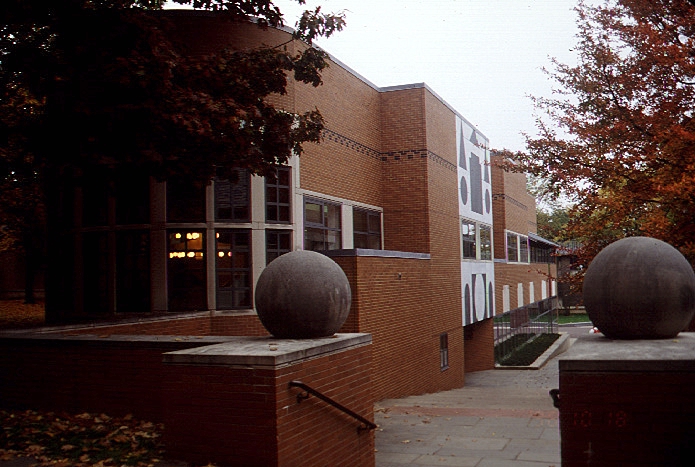Wu Hall

Princeton University. Property of the Trustees of Princeton University.
Source: Christine Kitto-Princeton University

Princeton University. Property of the Trustees of Princeton University.
Source: Christine Kitto-Princeton University
Wu Hall, built in 1983, is the most recent in this string of landmark, direction-shifting structures. And like its predecessors, Wu is important on several levels: stylistic, cultural, institutional.
On the one hand, this Robert Venturi '47 design symbolizes Princeton's refound commitment to architectural excellence. Nothing of its caliber had been built since the University Chapel, in the late 1920s. At the same time, Wu Hall also reflects the University's efforts to address its chronic problems in providing adequate living, dining, and social facilities for undergraduates. And it illustrates the University's strategy for upgrading its physical plant well into the 21st century. As such, Wu Hall fully merits comparison with other icons of the Princeton campus.
The road that led to the creation of Wu Hall began during the late 1960s and early 1970s, when University planners began to consider seriously the shape of the campus in a coeducational future. With the enrollment increases of the early 1960s, the undergraduate student body had grown by 1,500 to about 4,000 and Princeton had been able to add only about 1,000 new dormitory spaces.